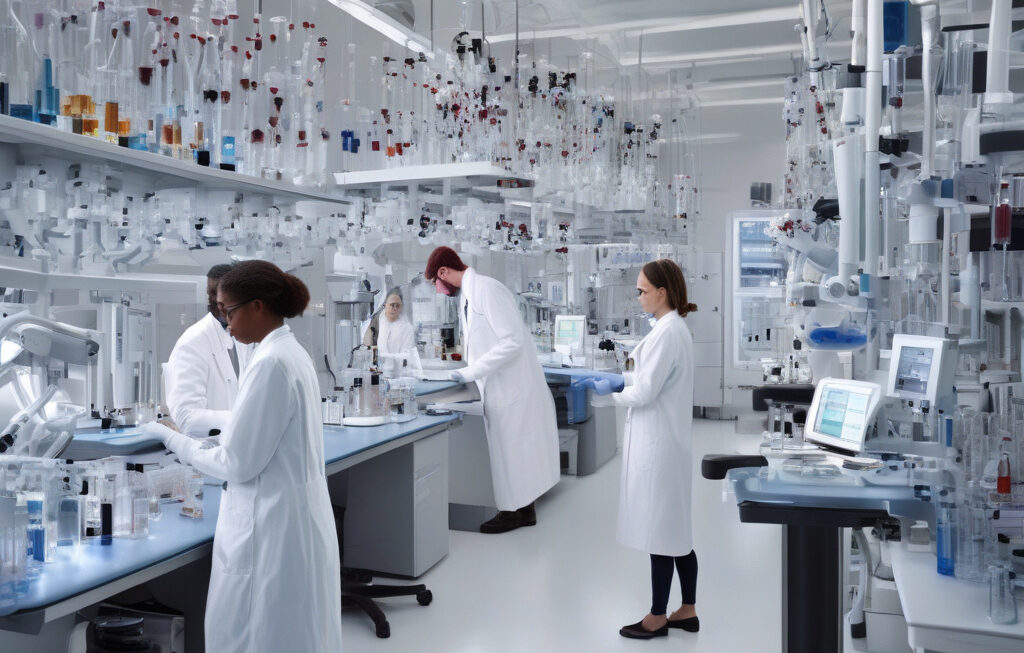Yeast Cells Brew Human DNase1 for First Time, Paving Way for Cheaper Treatment
In a groundbreaking advancement in the field of biotechnology, yeast cells have successfully been engineered to produce human DNase1, a potent enzyme crucial for breaking down free DNA in the body. This remarkable feat not only showcases the versatility of yeast as a bioreactor but also holds the promise of significantly reducing the cost of DNase1 treatment, making it more accessible to a larger population in need.
DNase1 is a vital enzyme that plays a key role in degrading extracellular DNA, which can be found in various bodily fluids and tissues. High levels of free DNA can lead to inflammatory responses and tissue damage, making DNase1 therapy essential in the treatment of conditions such as cystic fibrosis, systemic lupus erythematosus, and acute pancreatitis. However, the current methods of producing DNase1 are costly and labor-intensive, limiting its availability and affordability for many patients.
The innovative approach of using yeast cells to brew DNase1 presents a more cost-effective and scalable alternative. Yeast, known for its rapid growth and ease of genetic manipulation, has been harnessed to produce a recombinant form of DNase1 that closely mimics the human enzyme. By utilizing yeast as a host organism, researchers have been able to optimize the production process, resulting in higher yields of DNase1 at a fraction of the cost compared to traditional production methods.
One of the key advantages of this yeast-based production system is its potential for large-scale manufacturing. With the ability to ferment yeast cells in bioreactors, it becomes possible to produce DNase1 in bulk quantities, meeting the growing demand for this critical enzyme. This scalability not only ensures a stable and reliable supply of DNase1 but also drives down production costs, ultimately translating into more affordable treatment options for patients.
Moreover, the use of yeast cells offers a sustainable and environmentally friendly approach to producing DNase1. Yeast cells are known for their minimal environmental impact and can be cultivated using renewable resources, further aligning with the principles of green biotechnology. By opting for a more sustainable production method, researchers are not only advancing medical science but also contributing to a greener future for biomanufacturing practices.
The successful engineering of yeast cells to brew human DNase1 marks a significant milestone in biotechnology and healthcare. By leveraging the capabilities of yeast as a biological factory, researchers have opened new doors for the production of essential enzymes in a cost-effective, sustainable manner. As this technology continues to evolve and mature, we can expect to see broader applications in enzyme production and biopharmaceutical manufacturing, driving innovation and accessibility in the field of healthcare.
In conclusion, the breakthrough achievement of yeast cells brewing human DNase1 heralds a new era of affordable and scalable enzyme production. With the potential to revolutionize the treatment landscape for various medical conditions, this innovative approach exemplifies the power of biotechnology in addressing healthcare challenges and improving patient outcomes.
yeast cells, DNase1, biotechnology, healthcare, affordable treatment












